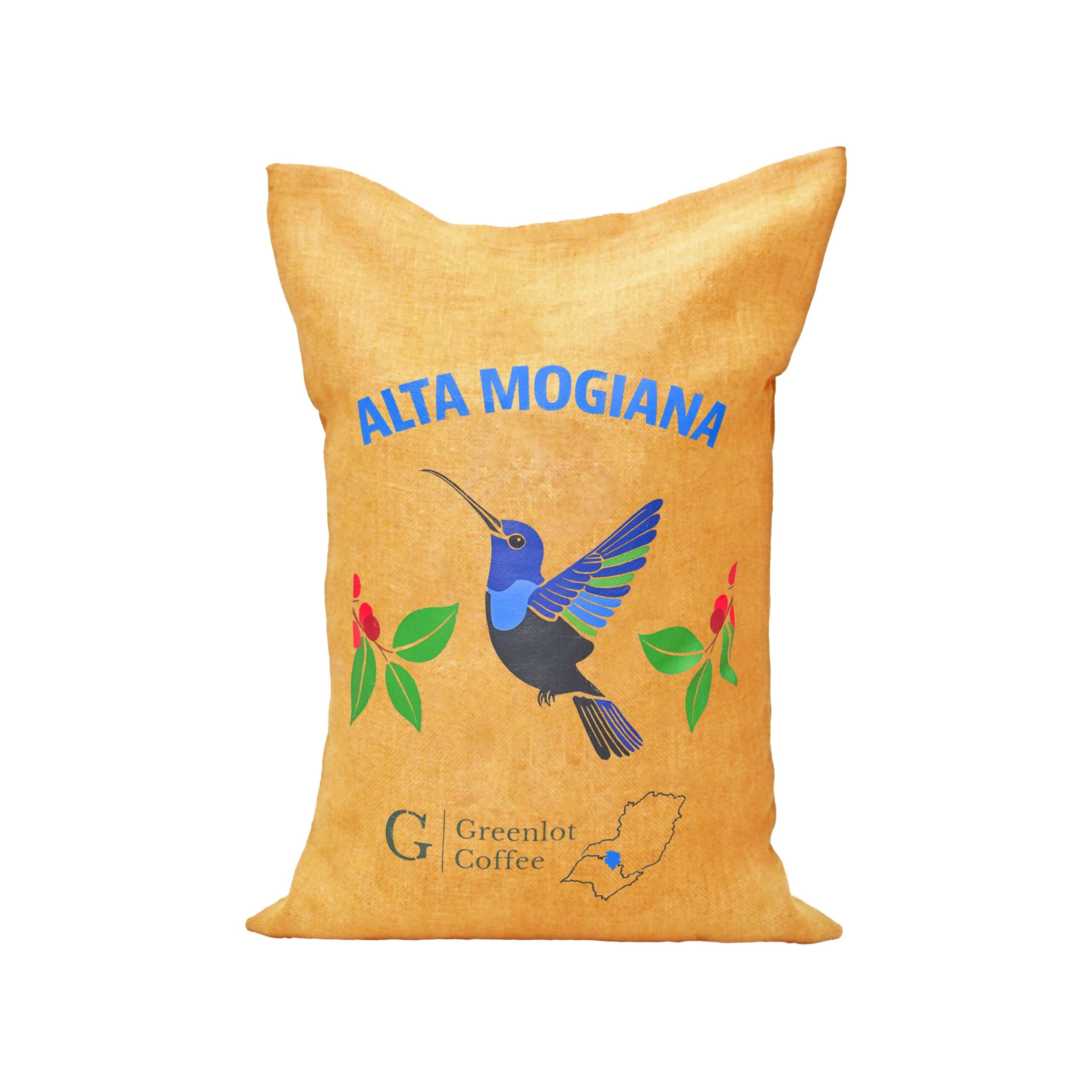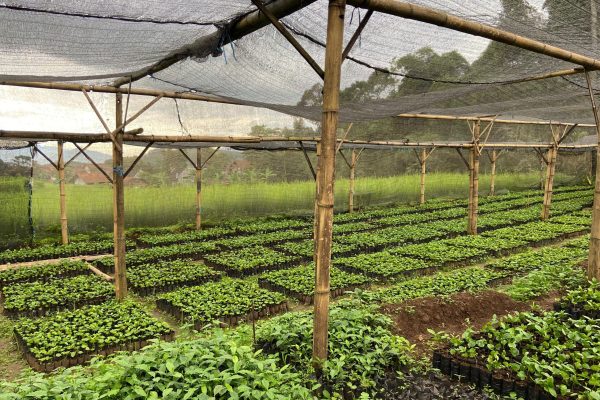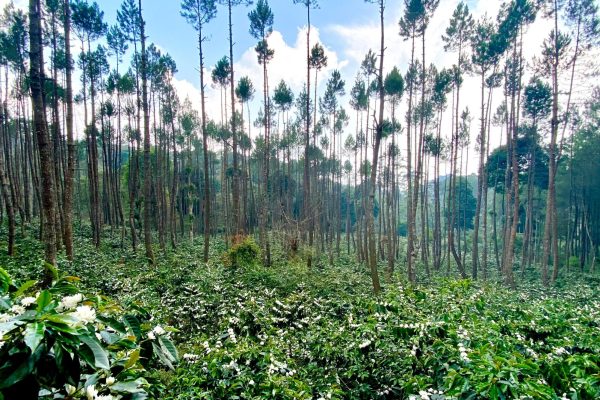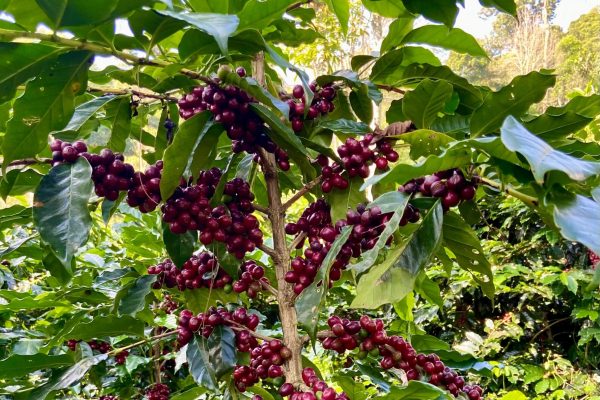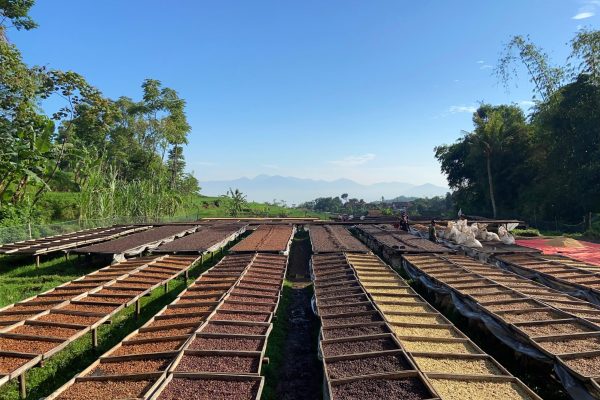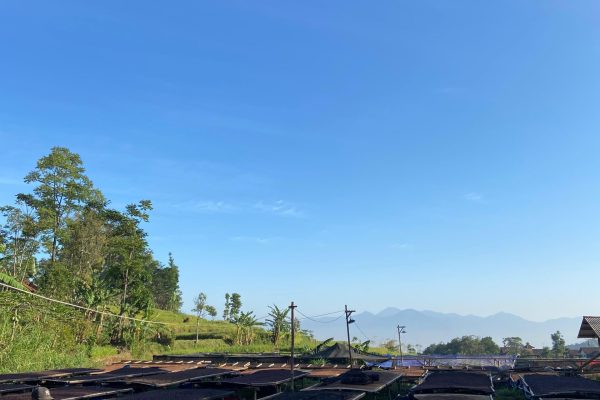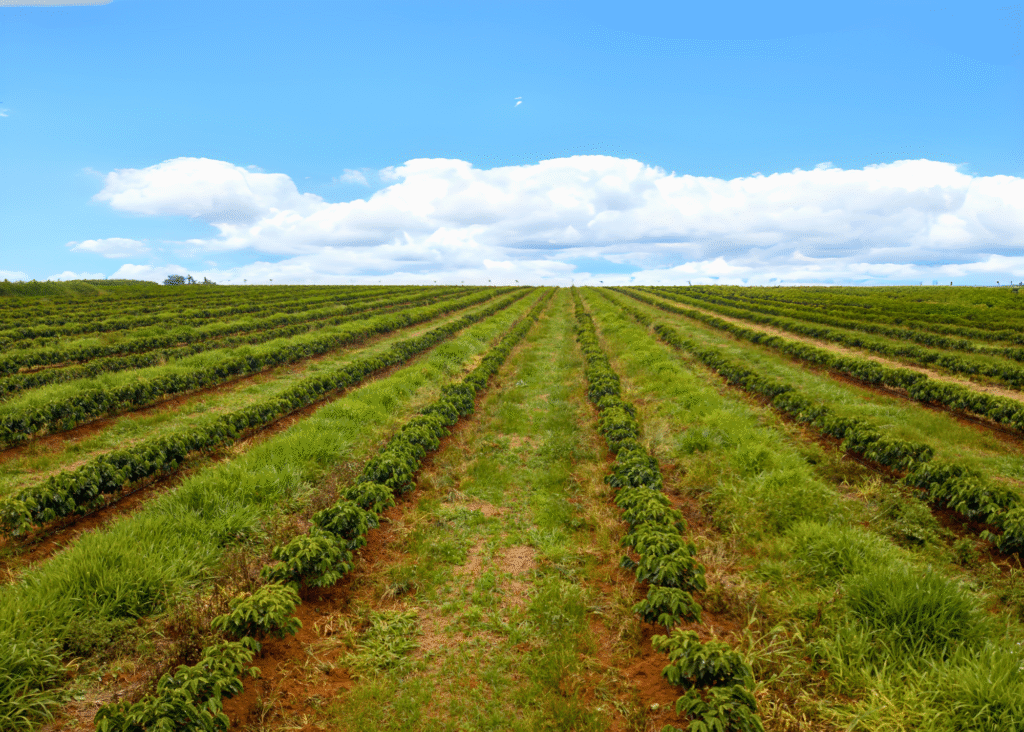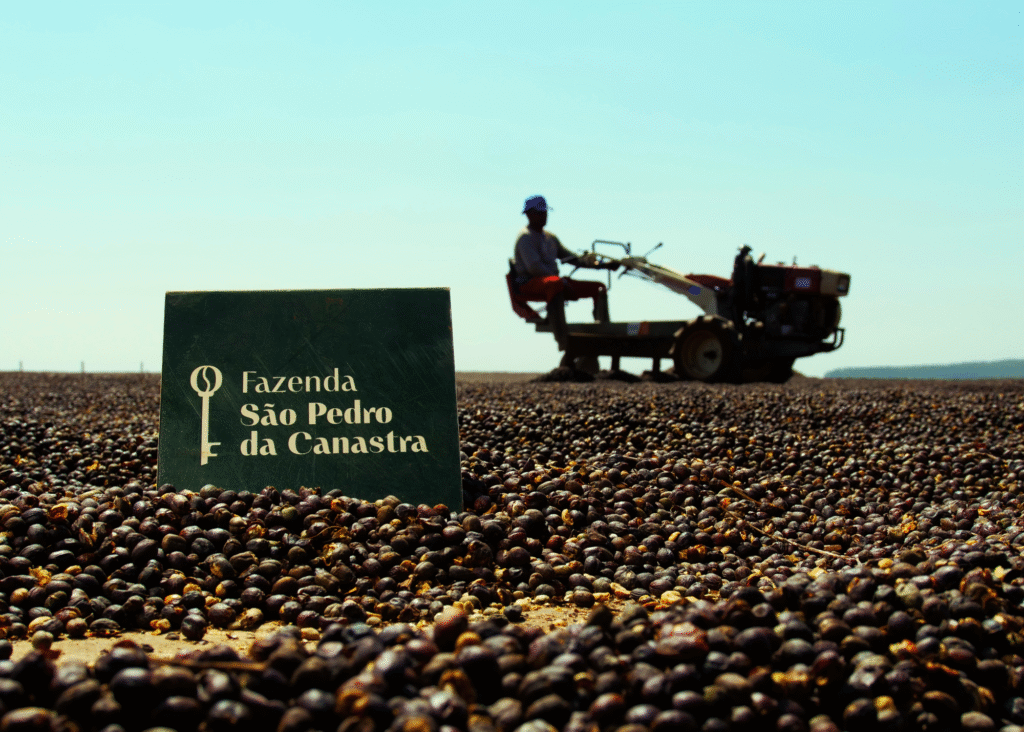Origins
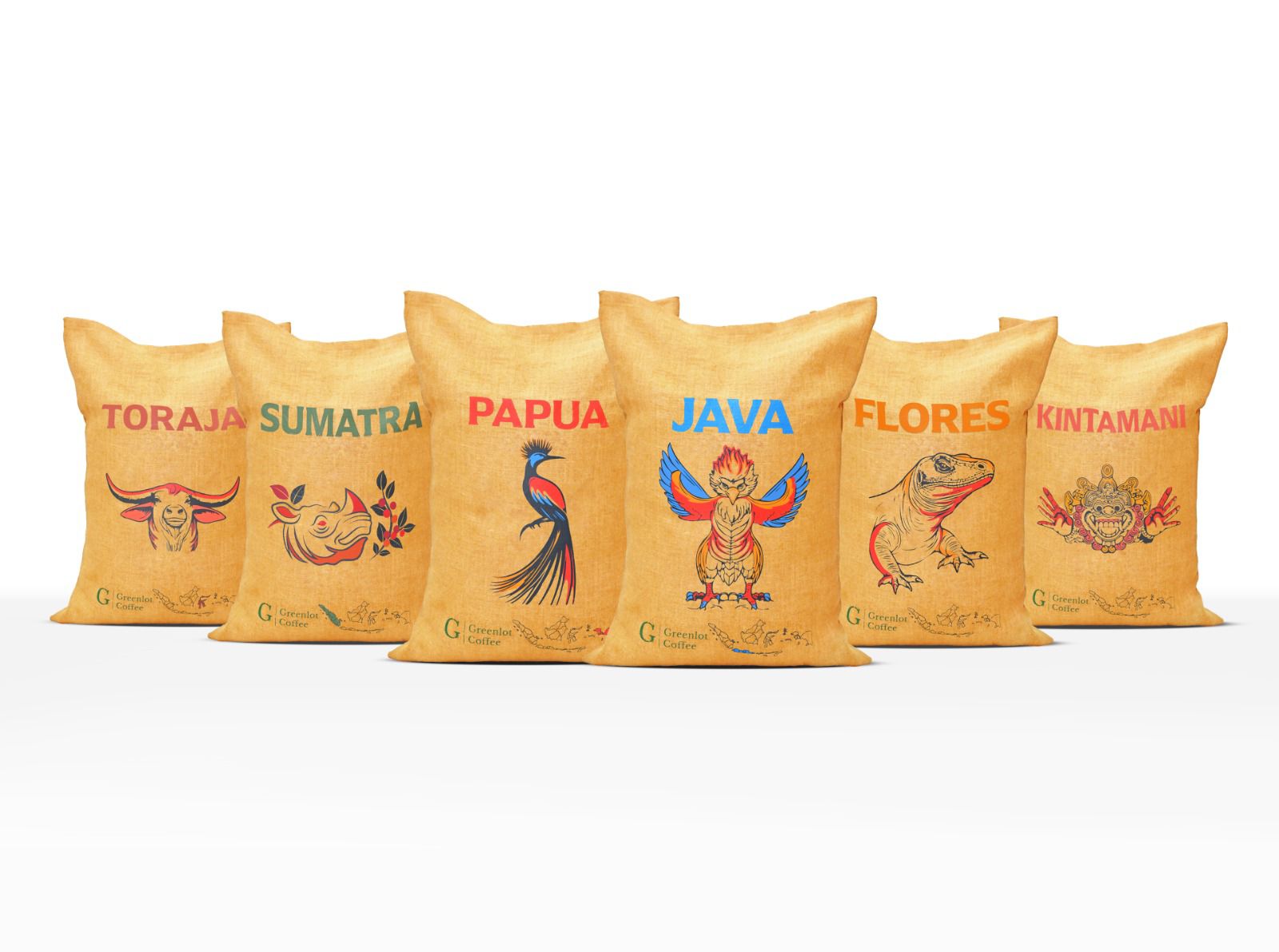
The World’s Finest Single-Source Coffees in One Place
Here at Greenlot Coffee, we work tirelessly to develop and nurture mutually beneficial relationships with ethical coffee producers in all the world’s major coffee-growing regions.
The Greenlot Coffee Marketplace boasts a comprehensive live catalog of coffees produced by family-run farms, co-operatives, and locally-owned estates,
With hundreds of coffees sourced directly from hundreds of global producers, there’s no need to look anywhere else for high-quality, specialty green coffee.
Sumatra
Coffee from this westernmost island in Indonesia is intriguing and complex, due to the large number of small-holder producers and the unique “giling basah” (wet hulling) processing technique they use. At the green bean stage, coffee from this area has a distinctive bluish colour, which is attributed to processing method and lack of iron in the soil.[14]
Coffees from Sumatra are known for smooth, sweet body that is balanced and intense. Depending on the region, or blend of regions, the flavours of the land and processing can be very pronounced. Notes of cocoa, tobacco, smoke, earth and cedar wood can show well in the cup. Occasionally, Sumatran coffees can show greater acidity, which balances the body. This acidity takes on tropical fruit notes and sometimes an impression of grapefruit or lime.
Mandheling is a trade name, used for arabica coffee from northern Sumatra. It was derived from the name of the Mandailing people, who produce coffee in the Tapanuli region of Sumatra. Mandheling coffee comes from Northern Sumatra, as well as Aceh.
Lintong coffee is grown in the District of Lintong Nihuta, to the south-west of Lake Toba. This large lake is one of the deepest in the world, at 505 meters. The coffee production area is a high plateau, known for its diversity of tree fern species. This area produces 15,000 to 18,000 tons of arabica per year. A neighbouring region, called Sidikalang, also produces arabica coffee.
Gayo is a region on the hillsides surrounding the town of Takengon and Lake Laut Tawar, at the northern tip of Sumatra, in the region of Aceh. The altitude in the production area averages between 1,110 and 1,600 meters. The coffee is grown by smallholders under shade trees. Gayo coffee is registered as a Geographical Indication as Kopi Arabika Gayo in Indonesia, the EU and the UK.[15][16]
Coffee from this region is generally processed at farm-level, using traditional wet methods. Due to the giling basah processing, Gayo Mountain coffee is described as higher toned and lighter bodied than Lintong and Mandheling coffees from further east in Sumatra.
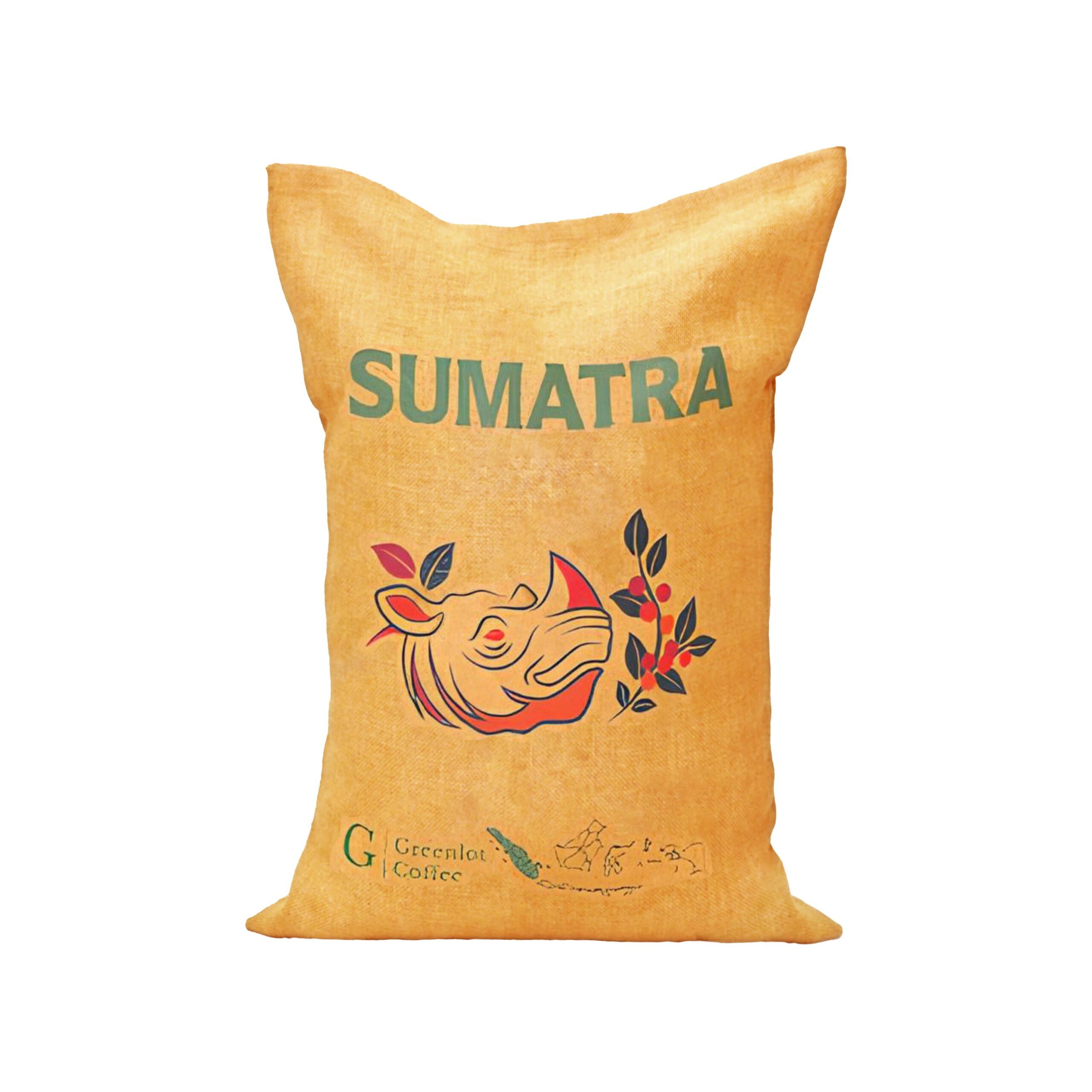

Sulawesi (Toraja, Kalosi, Mamasa and Gowa)
The Indonesian island of Sulawesi, formerly called the Celebes, lies to the east of Borneo island. The primary region for high altitude Arabica production covers the Toraja highlands, and the district of Enrekang to its south, where coffee is commonly traded through the town of Kalosi, which is a well-known brand of specialty coffee. The regions of Mamasa (to the west of Toraja) and Gowa (further to the south near Makassar), also produce Arabica, although they are less well known.[17]
Sulawesi coffees are clean and sound in the cup. They generally display nutty or warm spice notes, like cinnamon or cardamom. Hints of black pepper are sometimes found. Their sweetness, as with most Indonesian coffees, is closely related to the body of the coffee. The after-taste coats the palate on the finish and is smooth and soft.
Most of Sulawesi’s coffee is grown by smallholders, with about 5% coming from seven larger estates.[18]The people of Tana Toraja build distinctively shaped houses and maintain ancient and complex rituals related to death and the afterlife. This respect for tradition is also found in way that small-holders process their coffee. Sulawesi farmers use a unique process called “giling basah” (wet hulling).
Java
West Java was the region where the earliest coffee plantations were established by the VOC. The Dutch began cultivation and exportation of coffee trees on Java (part of the Dutch East Indies) in the 17th century. Agricultural systems in Java have changed considerably over time. A rust plague in the late 1880s killed off much of the plantation stocks in the Sukabumi area before spreading to Central Java and parts of East Java. The Dutch responded by replacing the Arabica firstly with Liberica (a tough, but somewhat unpalatable[citation needed]coffee) and later with Robusta.
As of 2015 Java's old colonial-era plantations provide just a fraction of the coffee grown on the island; they produce primarily the higher-valued Arabica variety.
Java's arabica coffee production is centred on the Ijen Plateau, at the eastern end of Java, at an altitude of more than 1,400 meters. The coffee is primarily grown on large estates that were built by the Dutch in the 18th century. The five largest estates are Blawan (also spelled Belawan or Blauan), Jampit (or Djampit), Pancoer (or Pancur), Kayumas and Tugosari, and they cover more than 4,000 hectares.
These estates transport ripe cherries quickly to their mills after harvest. The pulp is then fermented and washed off, using the wet process, with rigorous quality control. This results in coffee with good, heavy body and a sweet overall impression. They are sometimes rustic in their flavour profiles, but display a lasting finish. At their best, they are smooth and supple and sometimes have a subtle herbaceous note in the after-taste.
This coffee is prized as one component in the traditional "Mocha Java" blend, which pairs Mocha beans with beans grown in Java.
Certain estates age a portion of their coffee for up to five years, normally in large burlap sacks, which are regularly aired, dusted, and flipped. As they age, the beans turn from green to light brown, and their flavour gains strength while losing acidity. Aged coffees can display flavours ranging from cedar to spices such as cinnamon or clove, and often develop a thick, almost syrupy body. These aged coffees are called Old Government, Old Brown or Old Java.
The popular Java programming language was named after the Java coffee.
Read more
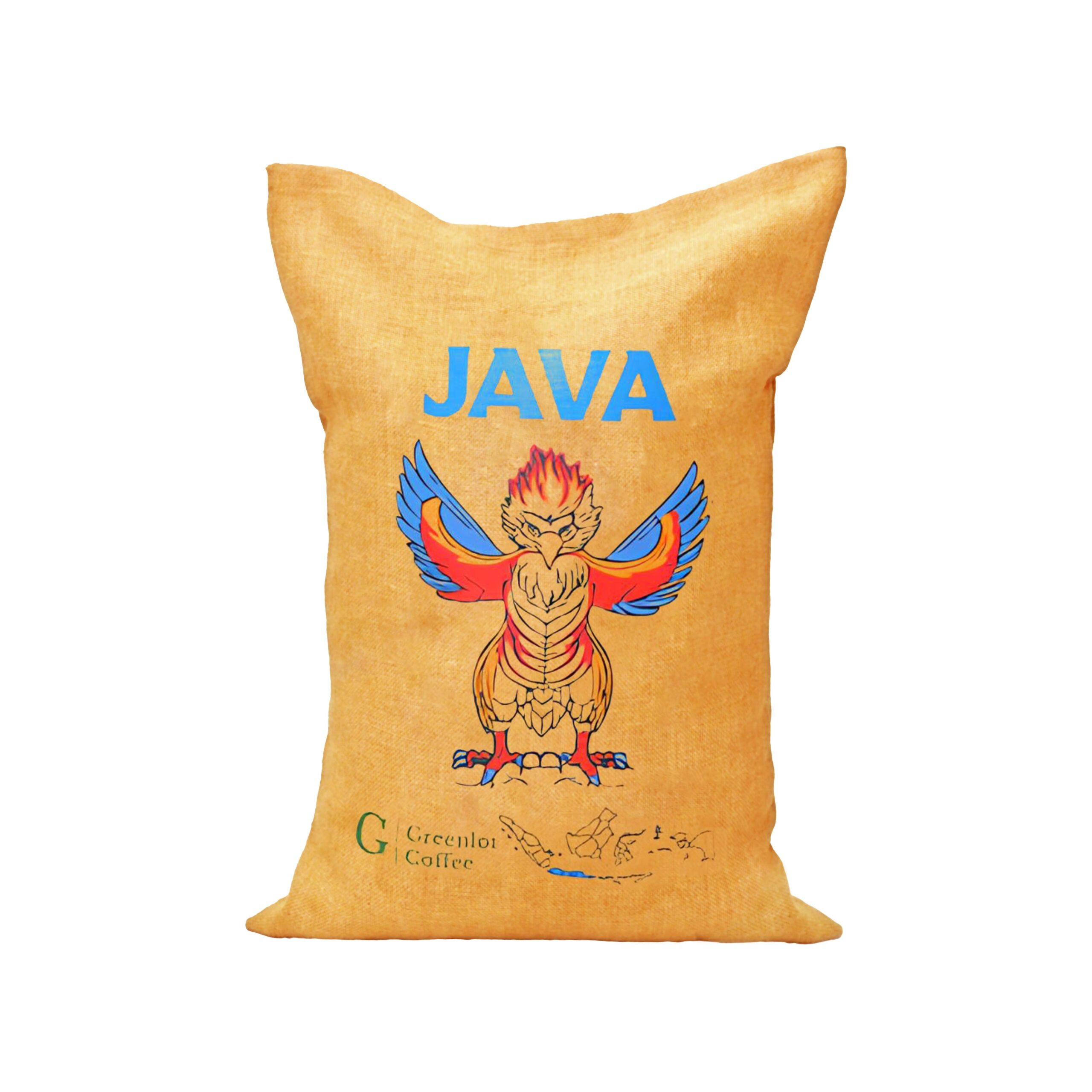
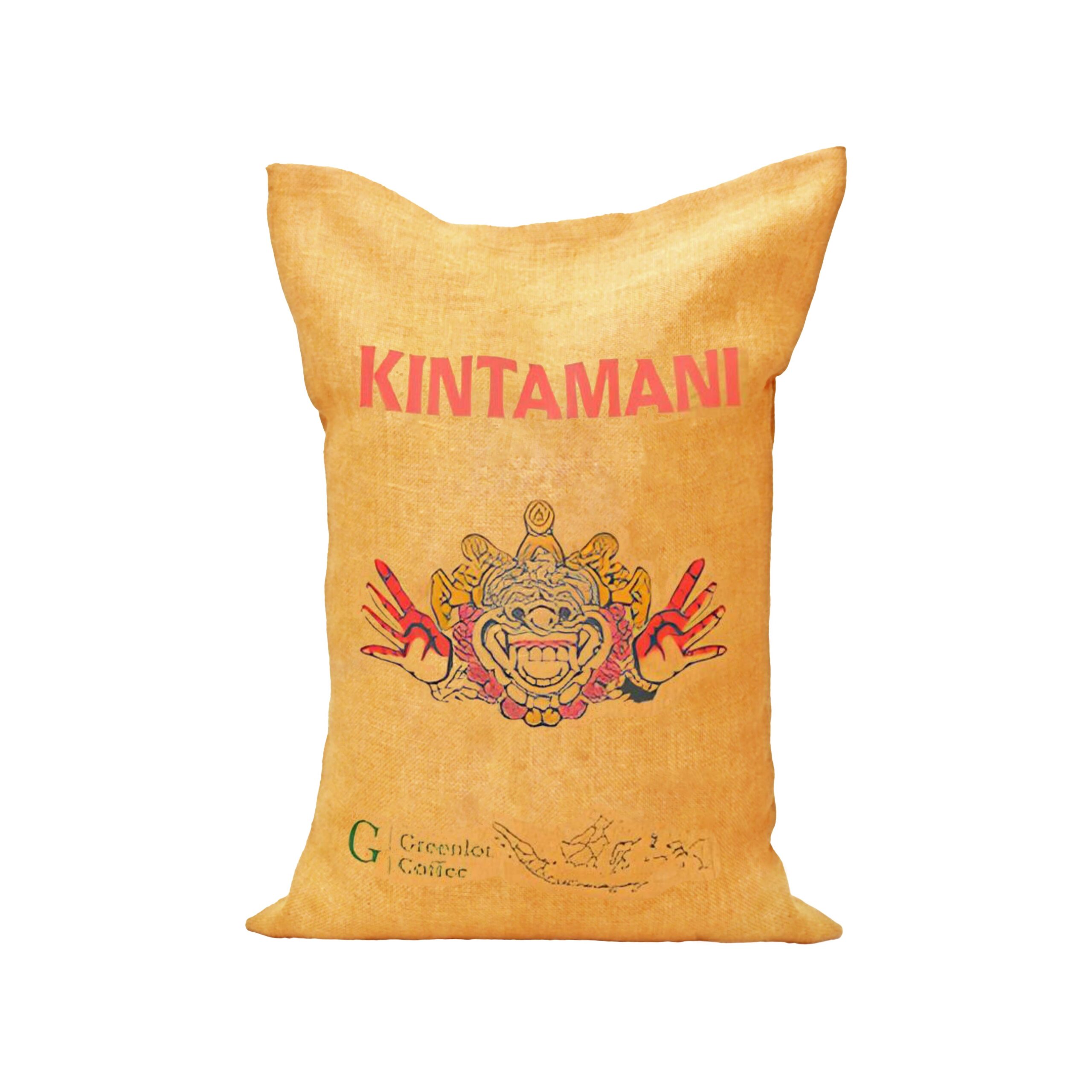
Kintamani
The highland region of Kintamani, between the volcanoes of Batukaru and Agung, is the main coffee-growing area on Bali. Many coffee farmers on Bali are members of a traditional farming system called Subak Abian, which is based on the Hindu philosophy of "Tri Hita Karana". According to this philosophy, the three causes of happiness are good relations with God, other people and the environment.[22] This philosophy, specifically 'happiness with the environment' favors the production of organic coffee, or at least the use of organic fertilizers and the lack of use of agrochemicals. The Subak Abian system is ideally suited to the production of fair trade coffee production because the Subak organizes smallholders, which is often a requirement of fair trade certification.[citation needed] Stakeholders in Bali, including the Subak Abian, have created Indonesia's first Geographic Indication (G.I.). Issued in 2008,[23][24][22]the G.I. establishes legal protection for coffee produced in the Kintamani region under the name Kopi Arabica Kintamani Bali. It also serves as a marketing tool to differentiate Kintamani coffee from coffees produced in other regions. Generally, Balinese coffee is processed using the wet method. This results in a sweet, soft coffee with good consistency. Typical flavors include lemon and other citrus notes. Unlike other parts of Indonesia, such as Sumatra, Bali coffee has a single harvest season each year—typically around July to September. Coffee production in Bali, much as Indonesia, is mainly performed by smallholders.[25] Coffee production in Bali lacks significant backing from the government at either the provincial or national level and is therefore in need of support and professionalization.[25] Kopi tubruk is a traditional way to prepare coffee in Bali. It consists of finely ground coffee powder steeped in water and left to settle. Once the powder has settled the coffee is drunk while trying to avoid drinking the 'mud' from the bottom of the glass.[26] Read more
Flores
Flores (or Flower) Island is 360 miles long, and is located 200 miles to the east of Bali. The terrain of Flores is rugged, with numerous active and inactive volcanoes. Ash from these volcanoes has created especially fertile Andosols, ideal for organic coffee production. Arabica coffee is grown at 1,200 to 1,800 meters on hillsides and plateaus. Most of the production is grown under shade trees and wet processed at farm level. Coffee from Flores is known for sweet chocolate, floral and woody notes. A traditional style of processing, known as pulped natural, where parchment coffee is dried in its mucilage without fermentation, produces a floral coffee that has been found to be highly sought after by some buyers.[29]
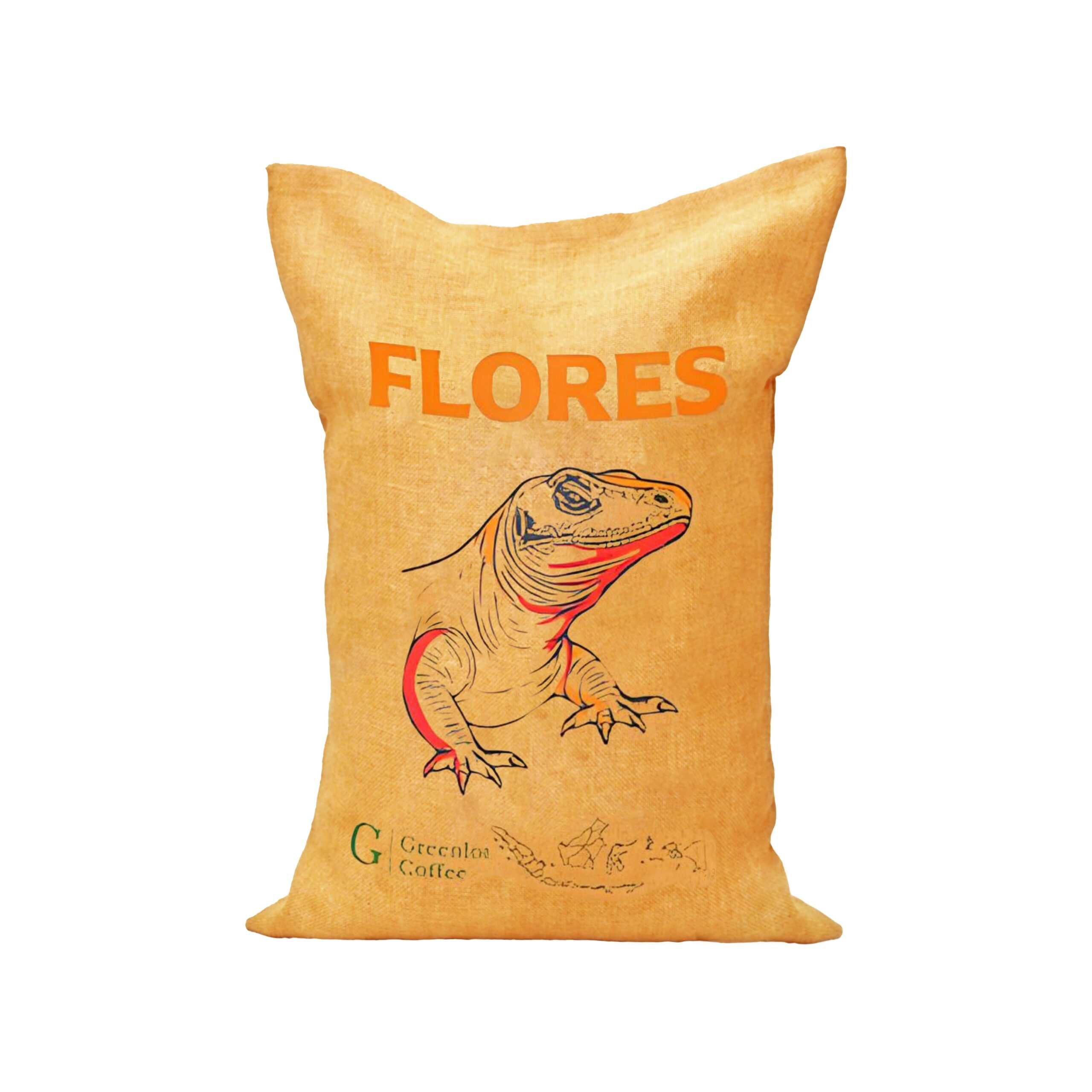
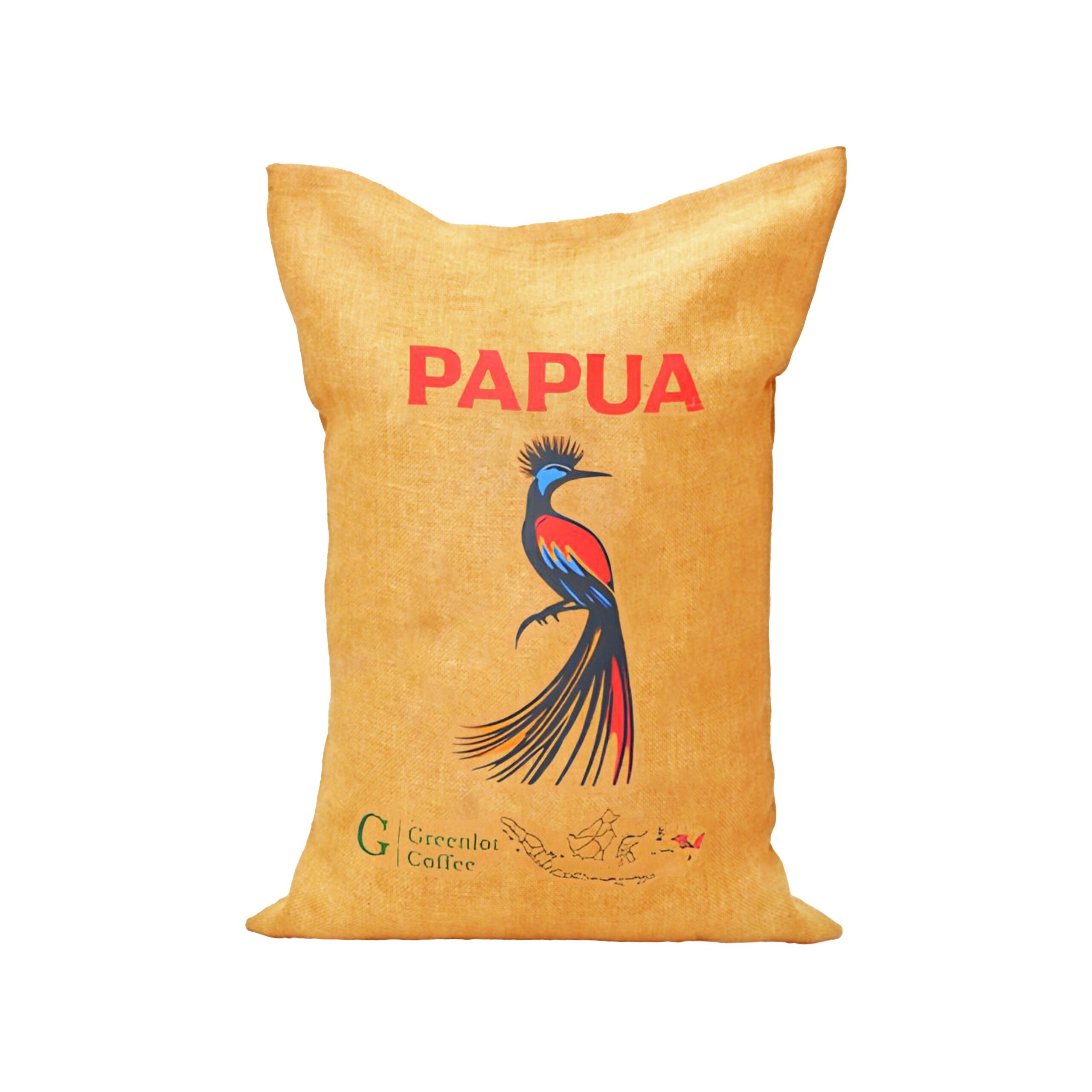
Papua
New Guinea is the second largest island in the world. The western half of New Guinea is part of Indonesia. The Indonesian half of the island was formerly called “Irian Jaya”. Today, it is known as Papua, and it is divided into six provinces – Papua, West Papua, Central Papua, Highland Papua, South Papua, and Southwest Papua.
There are two main coffee-growing areas in Papua. The first is the Baliem Valley, in the central Jayawijaya Highlands region, surrounding the town of Wamena. The second is the Kamu Valley in the Nabire Region, at the eastern edge of the central highlands, surrounding the town of Moanemani. Both areas lie at altitudes between 1,400 and 2000 meters, creating ideal conditions for Arabica production.
Together, these areas produce about 230 tons of coffee per year. This is set to rise, as new companies are setting up buying and processing operations. One of them is Koperasi Serba Usaha Baliem Arabicaor commonly known in Indonesia as Koperasi Serba Usaha Baliem Arabica. These companies are assisting farmers to obtain organic and fair trade certification, which will significantly improve incomes. The area is extremely remote, with most coffee-growing areas inaccessible by road and nearly untouched by the modern world.
All coffee is shade grown under Calliandra, Erythrina and Albizia trees. Farmers in Papua use a wet hulled process. Chemical fertilizer pesticide and herbicide are unknown in this origin, which makes this coffee both rare and valuable.
Cerrado Mineiro
Cerrado Mineiro region has been making a name for itself and standing out more and more in Brazil and around the world when it comes to coffee. The territory is the first Brazilian region to receive the Denomination of Origin for specialty coffees.
The well-defined climatic seasons and the attitude of the coffee growers who formed the region, turned the territory into a reference in the production of high-quality coffees, conquering national and international appreciators and buyers.
There are several varieties that are produced, such as Bourbon, Topazio, Icatu, Paraiso, Caturra, among others. But the region stands out when it comes to the production of the Mundo Novo and Catuai varieties.
The Cerrado Mineiro Region is the first region doubly certified with the titles of Indication of Origin and Denomination of Origin.
Organized and professional coffee growing
Coffee growing in the Cerrado Mineiro Region began in the 1970s and was marked by the arrival of coffee growers from Paraná and São Paulo who were looking for a new frontier to continue their activity after a heavy frost that happened on Brazilian South Region. Thus, coffee growers not only found a new frontier, but also built a new coffee plantation.
Through the challenges faced, including soil correction, coffee growers understood the need to unite themselves to overcome the local adversity regarding coffee producing. Thus, the first coffee growers’ associations were founded in the 1980s and cooperatives in the following decade.
The Arabica coffee produced in this territory usually undergoes natural processing, although some growers opt for the pulped cherry process and others, in smaller numbers, opt for pulped processing. Such processes interfere directly in the final product, highlighting even more the characteristics of the beans.
In 2021, coffee growers in the Cerrado Mineiro Region stood out in the main quality competitions in the country and the world, showing that the organization of the region in favor of quality and innovative, professional and sustainable coffee production generates good results, that have conquered the demanding palates of coffee lovers around the world.
Read more
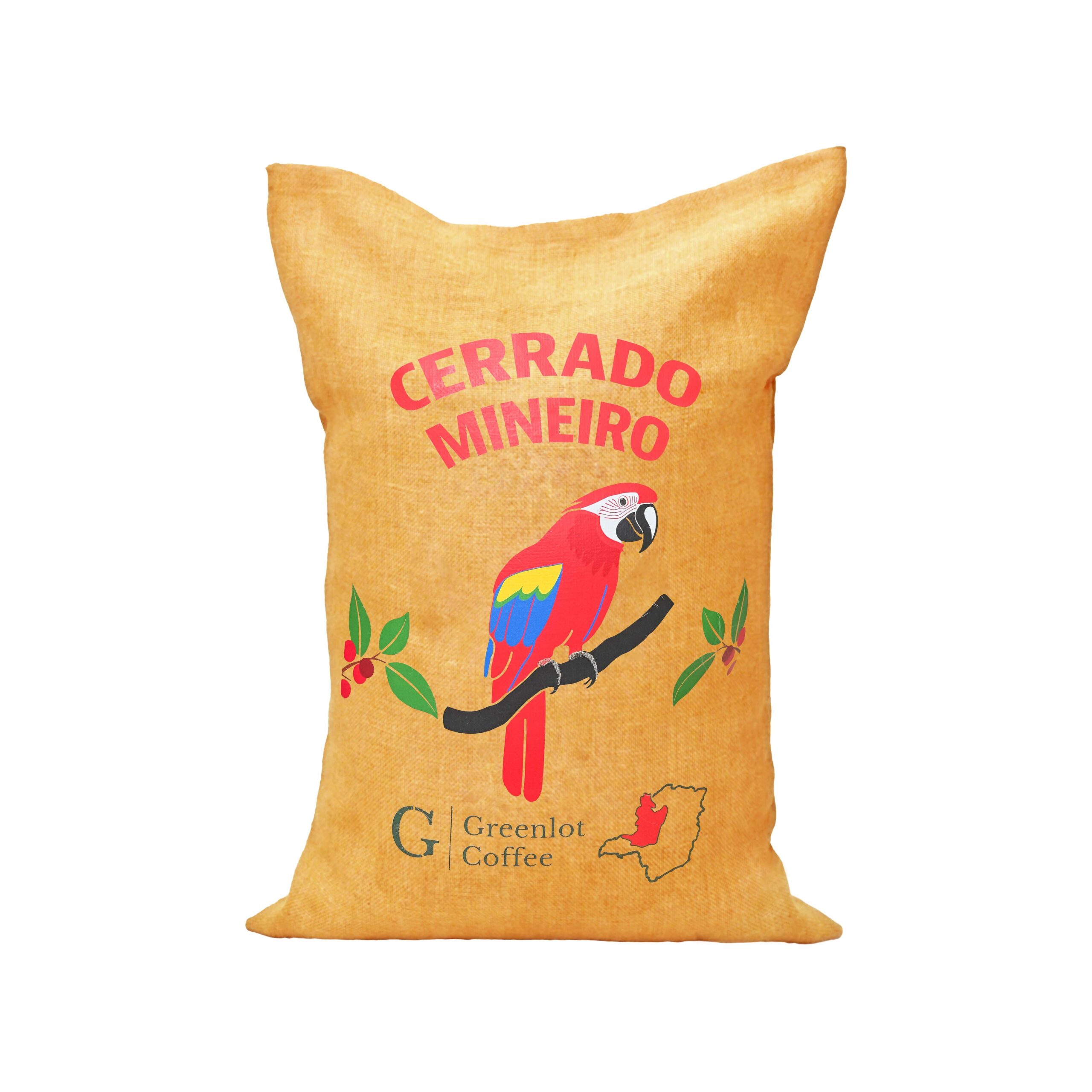
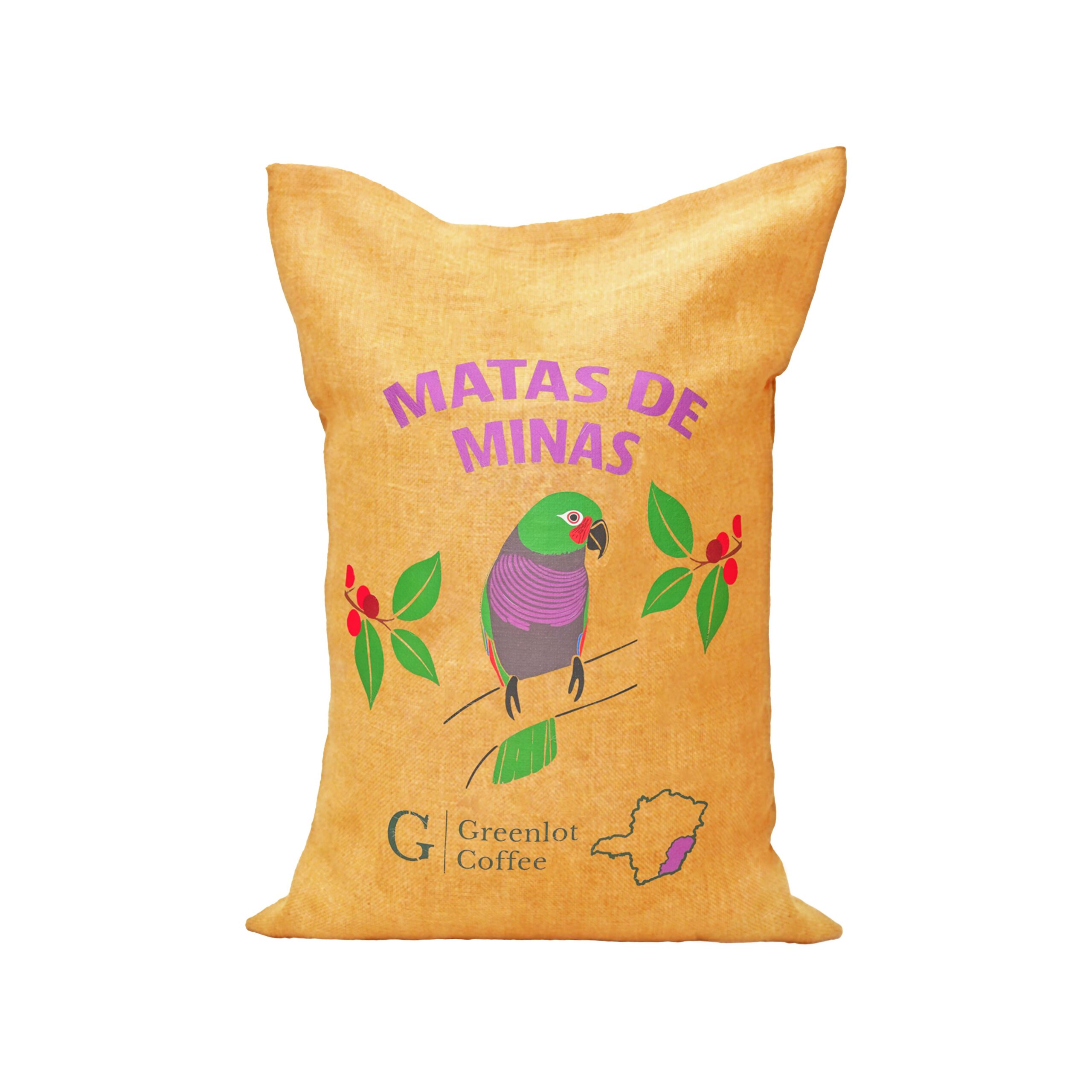
MATAS DE MINAS
From the mid-19th to the early 20th century, when Brazilian coffee went from being a minor crop to 80 percent of the world’s supply, it was the Matas de Minas region largely driving that growth.
The region is vast, covering a large swath of southeast Minas Gerais—275,000 hectares (679,540 acres) of coffee production spread over 63 municipalities—and running from the borders of Espírito Santo and Rio de Janeiro westward toward the middle of the state and including well-known coffee towns like Manhuaçu, Viçosa, Araponga, Alto Caparáo, and others.
Great coffees from Matas de Minas present floral and citric aromas, with sweet citric and chocolate flavors and medium body on the palate.
Although the tradition of coffee production runs deep, the region is also a humid one, which is great for the growth of trees and forests, but not so good during the harvest, as the coffee beans must be dried before storage. Because of this difficulty, until recent times the region was known for the prevalence of defects that arise from improperly dried coffee. However, advances in technology—for example, the implementation of the pulped natural processing method whereby the outer layer of the coffee fruit is removed before drying—and know-how have allowed skilled growers to take advantage of the mountainous terrain to produce some wonderful coffees.
SUL DE MINAS

